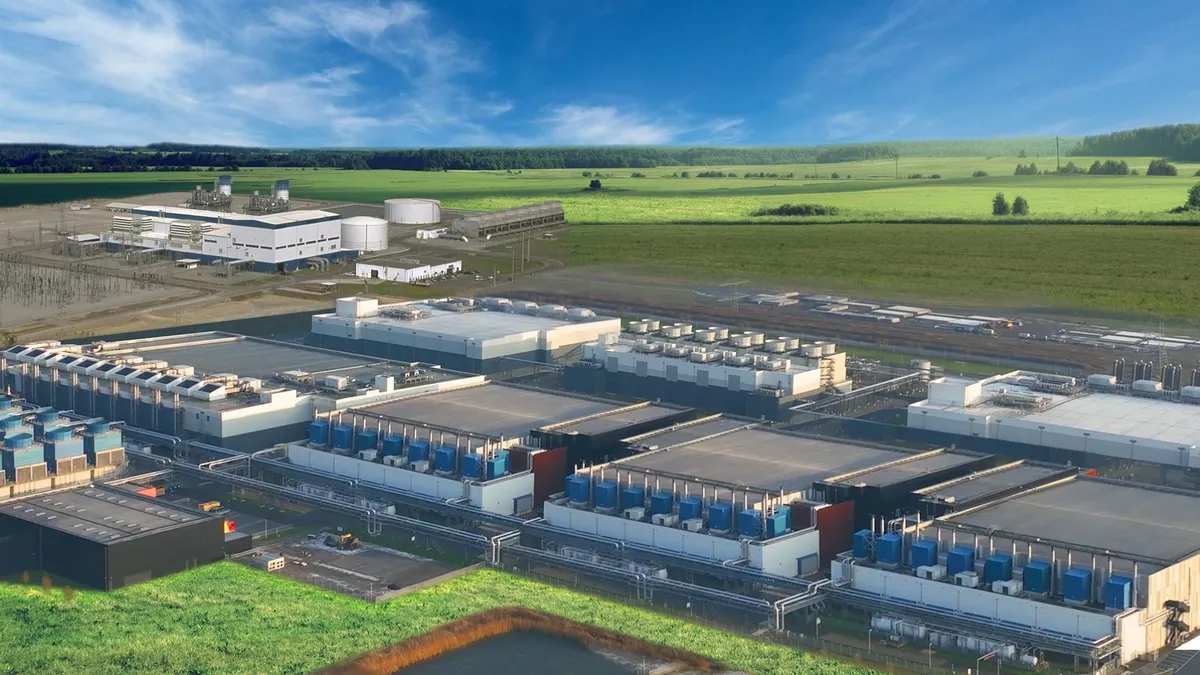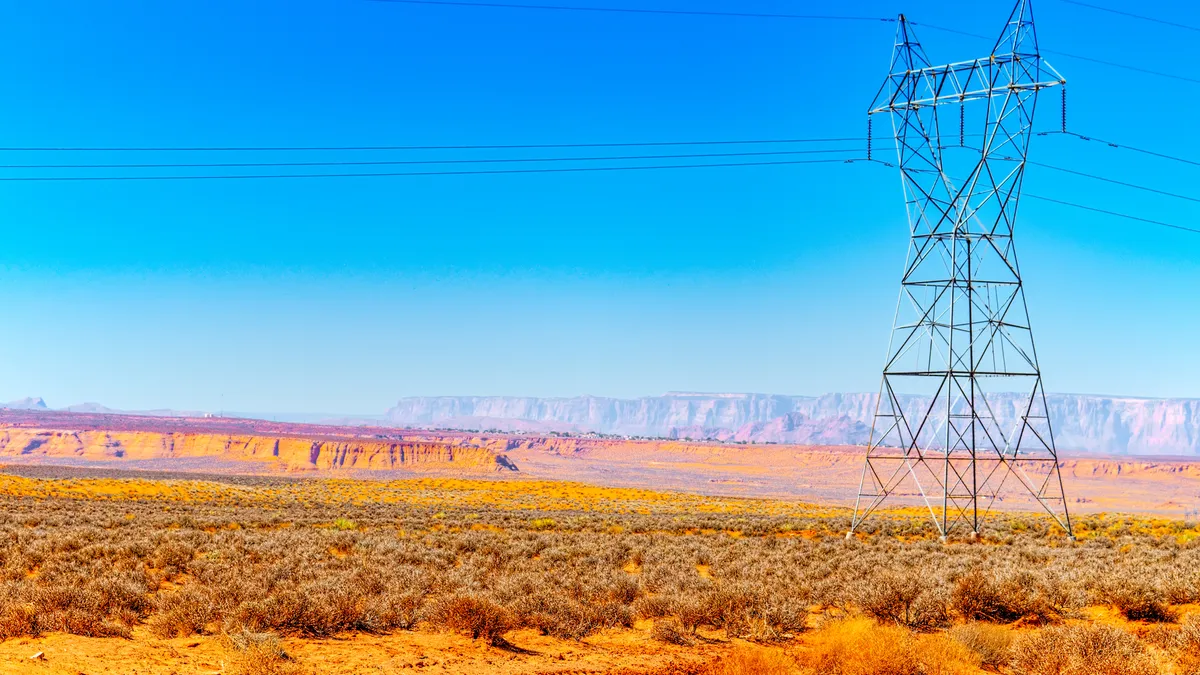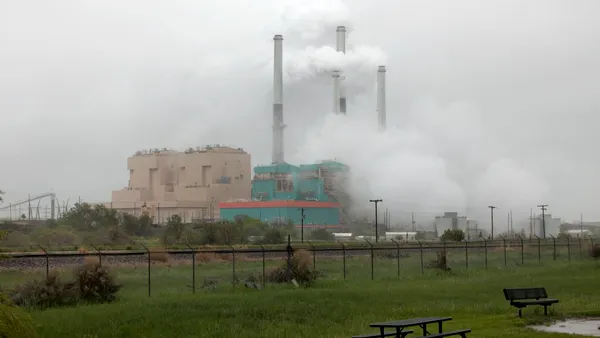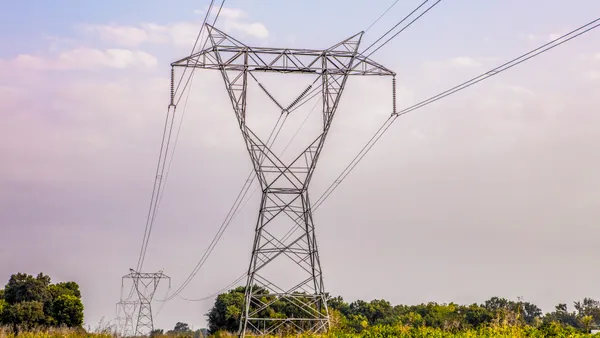Dive Summary:
- The Idaho Public Utilities Commission has set new rules for renewable power projects that enter into sales agreements with regulated utilities.
- The federal Public Utility Regulatory Policies Act, which was first enacted in 1978, has been updated to include more modernized rules for qualifying renewable projects.
- The new order includes setting a cap for wind and solar projects at 100 kW and the regular updating of fuel price forecasts every June.
From the article:
Utilities petitioned the commission in November 2010 to investigate the methods used to set the price that should be paid to renewable developers following the rapid development of wind energy projects in the state. The petition said that the federal Public Utility Regulatory Policies Act (PURPA), passed in 1978 to encourage renewable power development, was forcing them to buy power they did not need at rates that were too high.
PURPA requires regulated utilities to buy energy from qualifying renewable small-power projects, called Qualifying Facilities (QFs). Although the “must-buy” provision of PURPA is a federal law, states were allowed to determine the rate, called an avoided-cost rate, to be paid to QF developers. Because ratepayers end up paying for QF energy, the intent of PURPA is that, cost-wise, ratepayers are indifferent as to whether their utility uses more traditional sources of power or buys from qualifying renewable projects. ...













